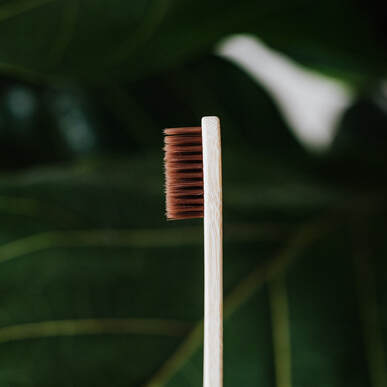Concourse Dental Group
Grafting for Recession
Grafting for Recession
Root surfaces of the teeth can become exposed when the gums pulls back from tooth surface. This causes loss of gum tissue, a condition known as gingival recession or gum recession.
what causes gingival recession
A number of factors can cause gum recession. Some of the common causes are:
- poor oral hygiene
- aggressive brushing over a long period of time
- improper brushing technique
- brushing with a medium or hard bristled toothbrush
- smoking
- thin gingiva
- malpositioned teeth
What is soft tissue grafting
Soft tissue grafting is a simple surgical procedure which can correct gum recession. The procedure involves taking a healthy piece of gum tissue from an area near the area of recession or from the roof of the mouth and attaching it to the area with gum loss.
Soft tissue grafting creates a new protective barrier, covering the exposed root and resisting further bone loss, sensitivity, and decay. It can be done for one or several teeth to straighten the gum line and improve the appearance of your smile.
Soft tissue grafting creates a new protective barrier, covering the exposed root and resisting further bone loss, sensitivity, and decay. It can be done for one or several teeth to straighten the gum line and improve the appearance of your smile.
|
Concourse Dental Group Dr. Samira Jaffer 65 Queen Street West Concourse Level, Suite BG1060 Toronto, Ontario M5H 2M5 Phone 416-368-7959 Fax 416-368-5697 info@concoursedentalgroup.com |
